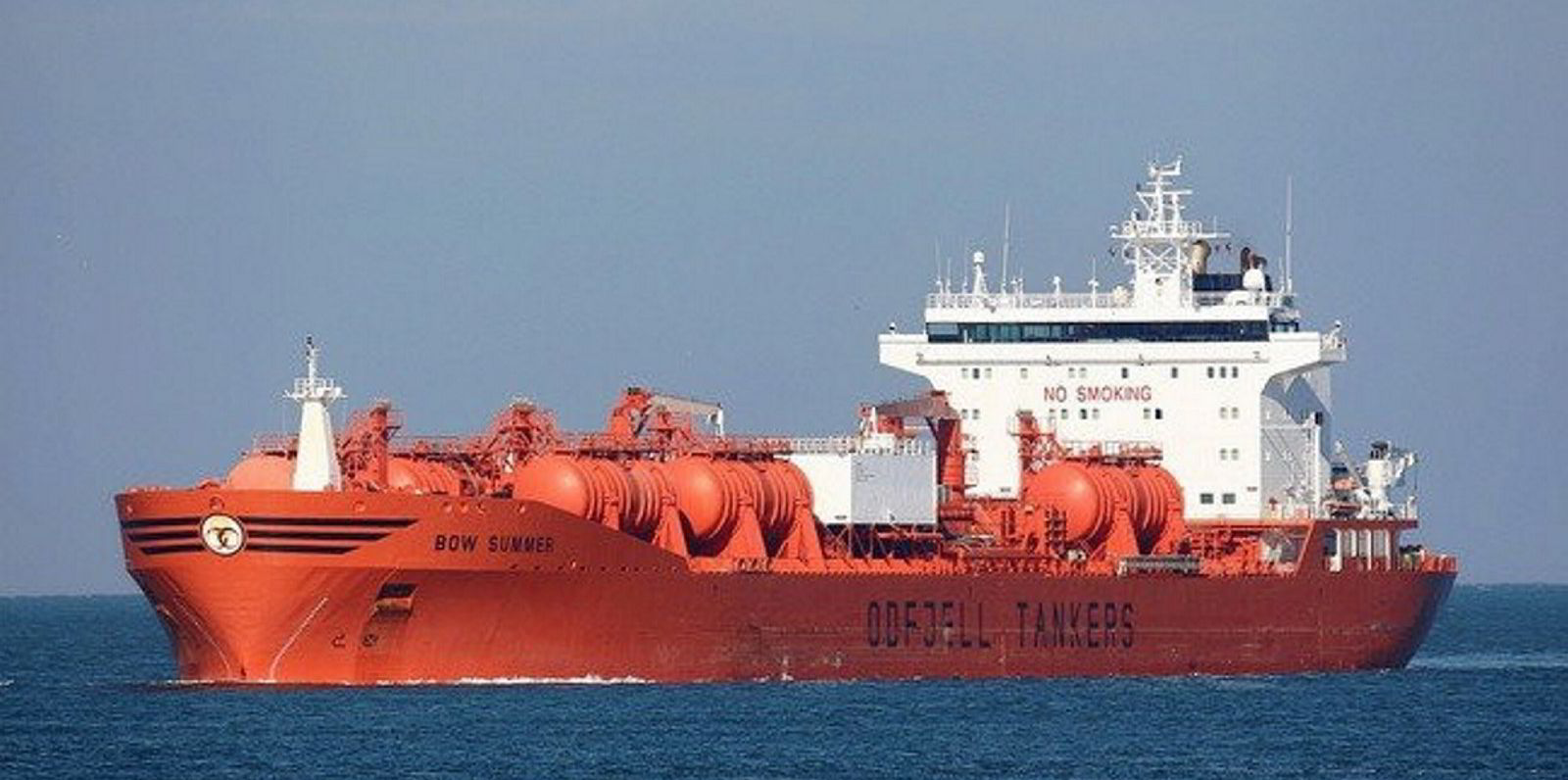UK shipbroker Simpson Spence Young (SSY) is upbeat on chemical tanker prospects for 2022, as fleet fundamentals move in the favour of owners.
Adrian Brown, director of chemical research at SSY, is forecasting continued growth in chemical demand, subject to the effects of any pandemic restrictions.
He tips cheap natural gas prices in the US to keep feedstock costs down and make the country a major exporter this year, at the expense of Asia and Europe.
But Brown believes that Chinese petrochemical plant expansion later in 2022 could give Asia a boost.
“In terms of tonnage supply, few pure chemical carriers will be delivered during 2022, while we expect the high price of scrap steel to continue to tempt owners to recycle ships that are still relatively young,” the researcher said.
He added that this is particularly likely for ships under 15,000 dwt.
However, there are still concerns that products such as sulphuric acid, phosphoric acid and used cooking oil could face demand destruction as a result of higher prices.
SSY calculates that sulphuric acid prices have increased eightfold since January 2021.
All these substances are major bulk commodities and very important for the tanker fleet, Brown said.
But he added that tight supply and a lack of alternative products suggest that demand will remain on track.
Rates up close to 100% in Asia
Asia is a key supplier of sulphuric acid and used cooking oil, and freight rates for both nearly doubled in 2021.
Covid-related restrictions in China on how many overseas ships a pilot can board, and mandated quarantine time after these visits, has led to a shortage of pilots there, meaning heavy congestion is set to continue at ports in 2022, Brown added.
Last year, as European and US chemical carrier markets struggled from the third quarter, testing of crews in China caused numerous delays that led to a tightening tonnage list in Asia.
Brown said that by the end of 2021, “this lack of ships was so profound that freight rates on every route within Asia rocketed, and owners of even small 4,000-tonners were claiming time charter equivalent earnings of $15,000 per day”.
“Deepsea markets from Asia also responded to the lack of space, which came at a period of strong demand, with Asian product continuing to replace US material in Europe all the way through the fourth quarter of 2021,” he said.
As a result, chemical tankers ballasted from Europe to Asia to reap the rewards — something hitherto unseen in the chemical sector, Brown said.
He added that during the final three months of 2021, the European coastal market became less stressful for owners.
He said overall chemical demand improved, but it still relied heavily on the biofuels and renewables sector.





